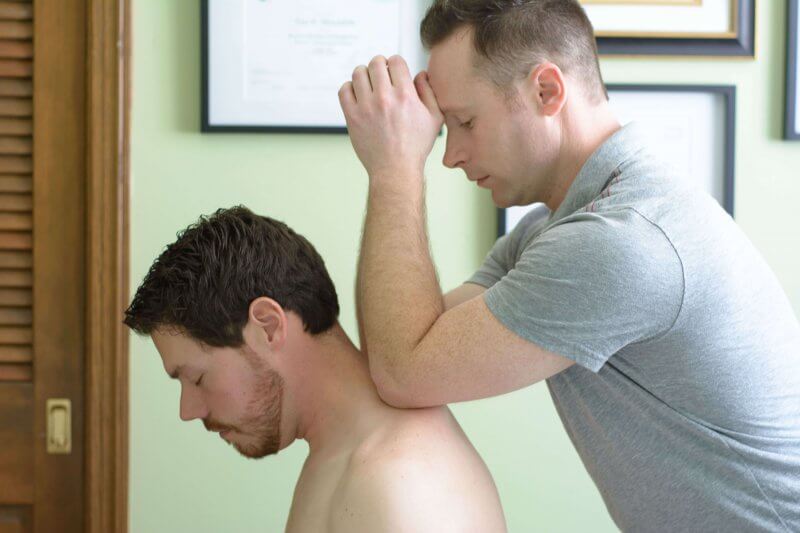Structural Integration (SI) is a system of bodywork that addresses the relationship between the body and gravity. SI looks at posture and movement relationships within the fascial system of the body, namely the myofascia. As we make our way through life, adaptations in myofascia can change resulting in movement dysfunction. SI looks at the body as a whole in 3 planes of motion, front/ back, sides, and rotationally. Assessment is the key to develop a plan for optimizing movement and function in the body.
Our current approach of treating symptoms is not providing lasting effects resulting in increased frequency of care. The system point of view looks at the body as a whole and works to restore movement dysfunction for optimal functionality. Structural Integration provides assessment based strategies to create a treatment approach in order to restore appropriate movement and integrity of the myofascial system. As a result, the body can make appropriate changes in order to heal itself.
We look at the body in all three planes of motion and identify the relationships between the front and back, left side and right side, and rotationally. We ask the question of how one area affects another area. Once we have identified where these changes in posture or movement have occurred relative to gravity, it is time to develop a strategy to better organize the body. This process is developed as a “series”, which we reorganize the myofascial system in a number of sessions.
As Tim worked on me he found multiple areas in my body that were problem indicators that were possible causes. I have gained about 1/4 to 3/8 inch in height. This is huge for a 75 year old…..I stand taller with a whole new appearance from when I started 3 months ago.Kay Quinn, R.N., CCM
This is a therapist who genuinely cares about his patients, a therapist with heart. work…..I feel like I am getting my lifeback and, for this, I am tremendously grateful to Tim.Barbara Bellassai, LMT
I have personally been working with Tim to improve my overall structure, balance, fascial integrity, and reduction of pain and have been experiencing positive results, noting improved range of motion throughout my entire body and the reduction of pain in my problem areas.William K. Neidert, Jr., D.C.
Structural Integration (SI) is a system of bodywork that addresses the relationship between the body and gravity. Gravity is a constant force on our body’s therefore we need to use gravity to our advantage. Thus, proper alignment and symmetry is essential. SI looks at posture and movement relationships within the fascial system of the body, namely the myofascia. As we make our way through life, adaptations in myofascia can change resulting in movement dysfunction. Whether occurring from early childhood development, sports, accidents/injuries, vocation, or surgery’s, movement patterns evolve in order to remain functional whether efficient or not. SI looks at the body as a whole in 3 planes of motion, front/ back, sides, and rotationally. Assessment is the key to develop a plan for optimizing movement and function in the body.

Manipulation of the myofascia is the action to help produce change in the body’s structure. Fascia is the connective tissue of the body surrounding its contents. The word myo-fascia means (muscle-fascia). One doesn't exist without the other. Muscles help our body’s move and stabilize for optimal function in space. Fascia holds the muscle tissues in an envelope to maintain shape and organization. As movement patterns develop, so does the myofascial system. We are all familiar with the classic “forward head posture”. This posture typically occurs with those who consistently work at a computer. As time progresses, the body’s myofascial system makes adaptations to this forward head position creating stress and strain to the neck, shoulders, and back. This is a problem that can lead to pain, poor flexibility and strength, decreased work production, and stress. Our bodies require appropriate balance and symmetry to allow proper movement to occur. Manipulation of the myofascial system allows for the fluidity of movement to take place throughout the body in order to reach its full movement potential.